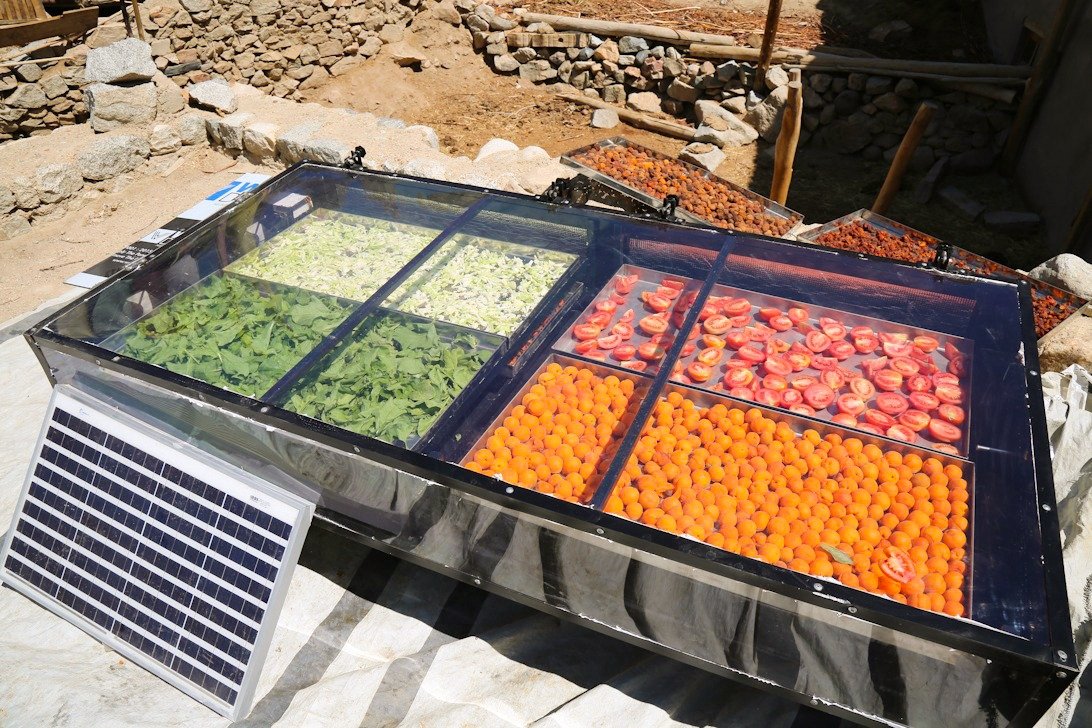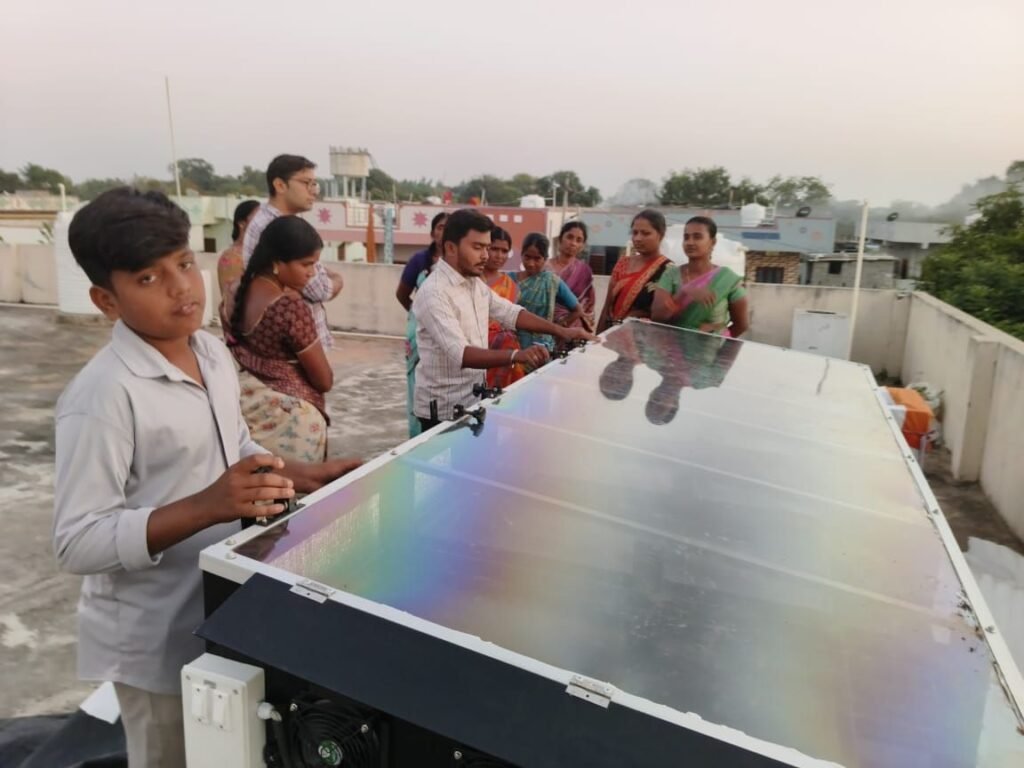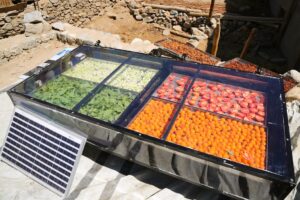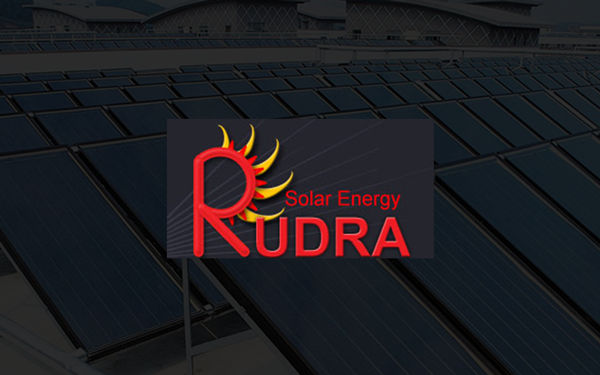Solar Dryer for Vegetables in India – Rudra Solar Energy Leading the Way in Food Preservation and Entrepreneurship
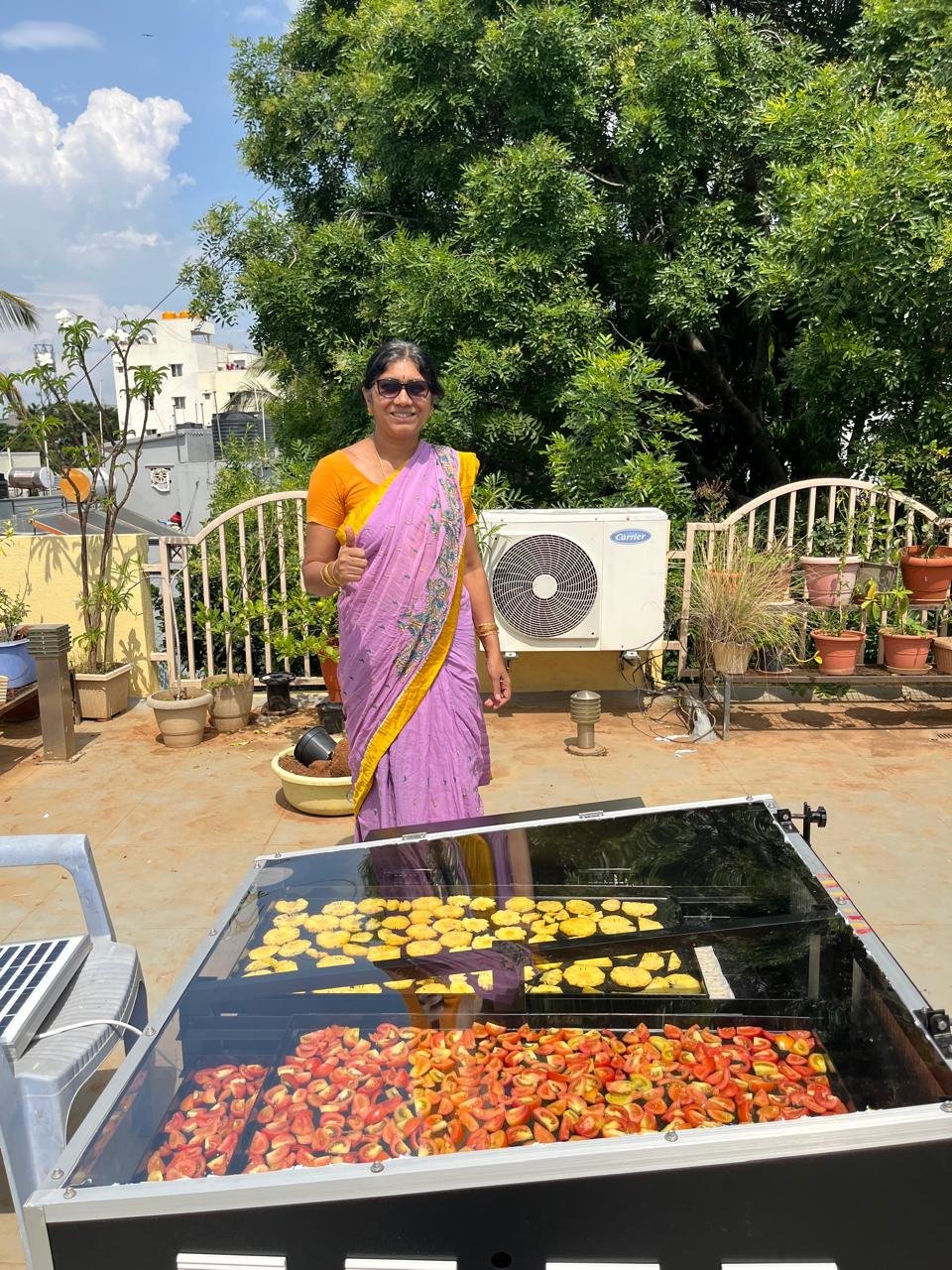
India is one of the largest producers of vegetables in the world, with millions of farmers cultivating crops like tomato, onion, chili, beans, okra, cauliflower, cabbage, spinach, carrot, and leafy greens. However, according to studies, almost 30–40% of vegetables are lost post-harvest due to poor preservation, oversupply during the season, and lack of modern processing facilities.
Traditional open sun drying has been practiced for centuries, but this method often results in dust contamination, insect attack, uneven drying, nutrient loss, and exposure to rain or animals. This makes vegetables less marketable and leads to wastage.
The solution lies in adopting a Solar Dryer for Vegetables in India – a modern, eco-friendly system designed to ensure hygienic, faster, and more efficient drying of vegetables. And when it comes to reliable and innovative solutions, Rudra Solar Energy has become a trusted name in the Indian market.
What is a Solar Dryer for Vegetables?
A solar vegetable dryer machine is a specially designed unit that uses solar energy to remove moisture from vegetables without destroying their nutritional value, taste, and color. Unlike open drying, vegetables are placed inside an enclosed chamber where hot air circulates to ensure uniform drying.
Rudra Solar Energy offers both direct solar dryers and hybrid solar dryers with electric backup. The hybrid system allows users to continue drying even during cloudy days, making it highly reliable for farmers and entrepreneurs.
Benefits of Using Solar Vegetable Dryer in India
Adopting a solar dryer for vegetables provides multiple benefits:
Hygienic Drying – Vegetables are protected from dust, flies, birds, and unexpected rains.
Nutrient Retention – Ensures preservation of vitamins, minerals, and antioxidants.
Uniform Drying – Maintains color, aroma, and natural taste of vegetables.
Energy Saving – Reduces dependency on electricity, LPG, or firewood.
Faster Drying – Cuts drying time by more than 50% compared to traditional methods.
Value Addition – Dried vegetables fetch higher market value and can be sold off-season.
Eco-Friendly Technology – 100% renewable, reduces carbon emissions.
Popular Vegetables Dried in Solar Dryers
In India, farmers and food entrepreneurs are using solar vegetable dehydrators to dry a wide range of vegetables:
Tomato → flakes, powder, puree base
Onion → flakes, kibbled onion, powder
Chili → dried red chili, chili powder
Beans & Okra → dried vegetable mixes
Spinach & Leafy Greens → dried powders for health products
Cauliflower, Carrot, Cabbage, Bitter Gourd, Brinjal → used in packaged soups and ready-to-cook mixes
By drying vegetables, farmers and women entrepreneurs reduce wastage and expand into profitable food processing businesses.
Rudra Solar Energy’s Contribution to Solar Vegetable Drying
Rudra Solar Energy is one of the most trusted solar dryer manufacturers in India, providing affordable and high-quality solar dryers that are changing lives across states like Gujarat, Maharashtra, Odisha, Bihar, Karnataka, and Tamil Nadu.
Why Choose Rudra Solar Energy?
Wide Range of Models → From 10 kg small dryers to 1000+ kg commercial solar dryers.
Hybrid Technology → Solar + Electric backup for uninterrupted drying.
Durability & Efficiency → Made with high-quality materials for long life.
Tailored Solutions → Designed for farmers, SHGs, food processors, and agro-industries.
Training & Support → Rudra provides installation, usage guidance, and business development support.
Mission for Empowerment → Helping women and rural entrepreneurs build sustainable businesses.
Case Studies – Real Impact of Solar Dryers for Vegetables in India
Case Study 1: Women Self-Help Group in Gujarat
A group of rural women in Gujarat struggled with surplus tomato and green chili. With a Rudra Solar Vegetable Dryer, they began drying and packaging hygienic tomato flakes, chili powder, and mixed vegetable products. These products are now sold in local markets and nearby towns. This initiative not only increased their income but also gave them financial independence.
Case Study 2: Farmer in Maharashtra Reducing Wastage
A tomato farmer from Maharashtra suffered losses every season due to oversupply and low prices. By installing a Rudra Hybrid Solar Dryer, he started producing dried tomato flakes and powder. Instead of selling at throwaway rates, he now stores dried products and sells them at higher prices in the off-season. His income increased by 30–40% annually, proving the profitability of the solar vegetable dryer machine.
Case Study 3: Micro-Entrepreneur in Odisha
In Odisha, a young woman invested in a 100 kg Rudra Solar Dryer to start her own vegetable processing business. She dries spinach, okra, bitter gourd, and leafy greens, packages them under her own brand, and sells them to health-conscious consumers. She also employs other women from her village, creating a small but sustainable food processing unit powered by solar energy.
Why Solar Dryer for Vegetables is the Future of Food Processing in India
The demand for solar food dryers in India is increasing due to:
Growing focus on organic and chemical-free food
Rising need for shelf-stable dried vegetables in urban and export markets
Government support for renewable energy adoption
Increased opportunities for farmers, women self-help groups, and entrepreneurs
With solar vegetable dryer machines, India can reduce food wastage, improve farmer incomes, and create thousands of micro-enterprises in rural areas.
Solar Dryer Price in India
The price of solar dryers in India depends on capacity, model type, and features. Small units of 10–25 kg are affordable for home use and women SHGs, while larger commercial dryers of 100–1000 kg are designed for food processing industries. Rudra Solar Energy provides both solar-only dryers and hybrid solar dryers with electric backup, ensuring options for every budget and need.
Conclusion
The Solar Dryer for Vegetables in India is more than a machine – it is a pathway to sustainable agriculture, rural development, and women empowerment. By reducing post-harvest losses and increasing profitability, solar dryers are transforming the lives of farmers and entrepreneurs across India.
Rudra Solar Energy is playing a leading role by manufacturing reliable, cost-effective, and innovative solar vegetable dryers that empower farmers, support women self-help groups, and strengthen India’s food processing industry.
If you are looking for the best solar dryer manufacturer in India, Rudra Solar Energy is your trusted partner, offering proven technology, training, and support to build a profitable future.


